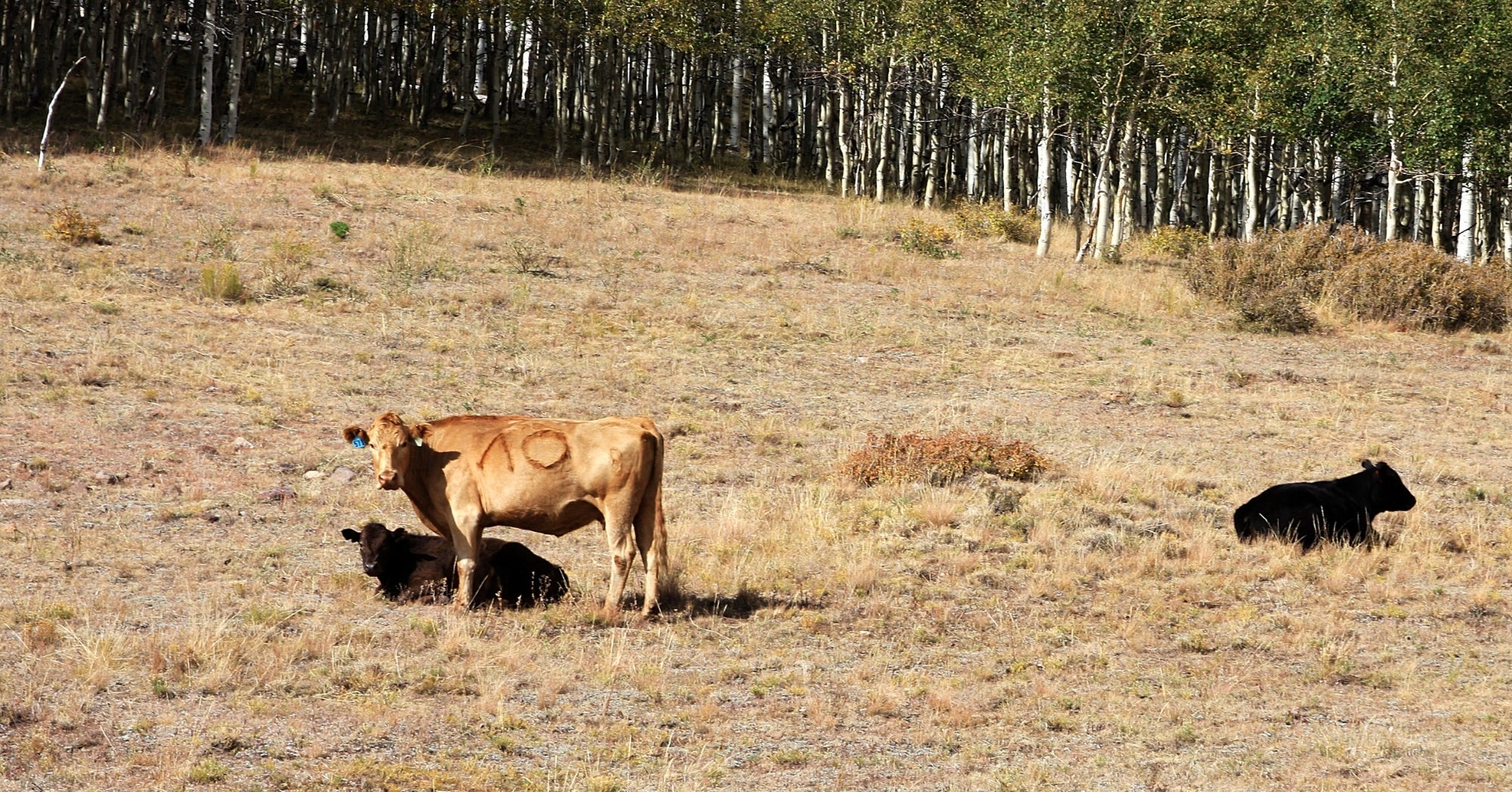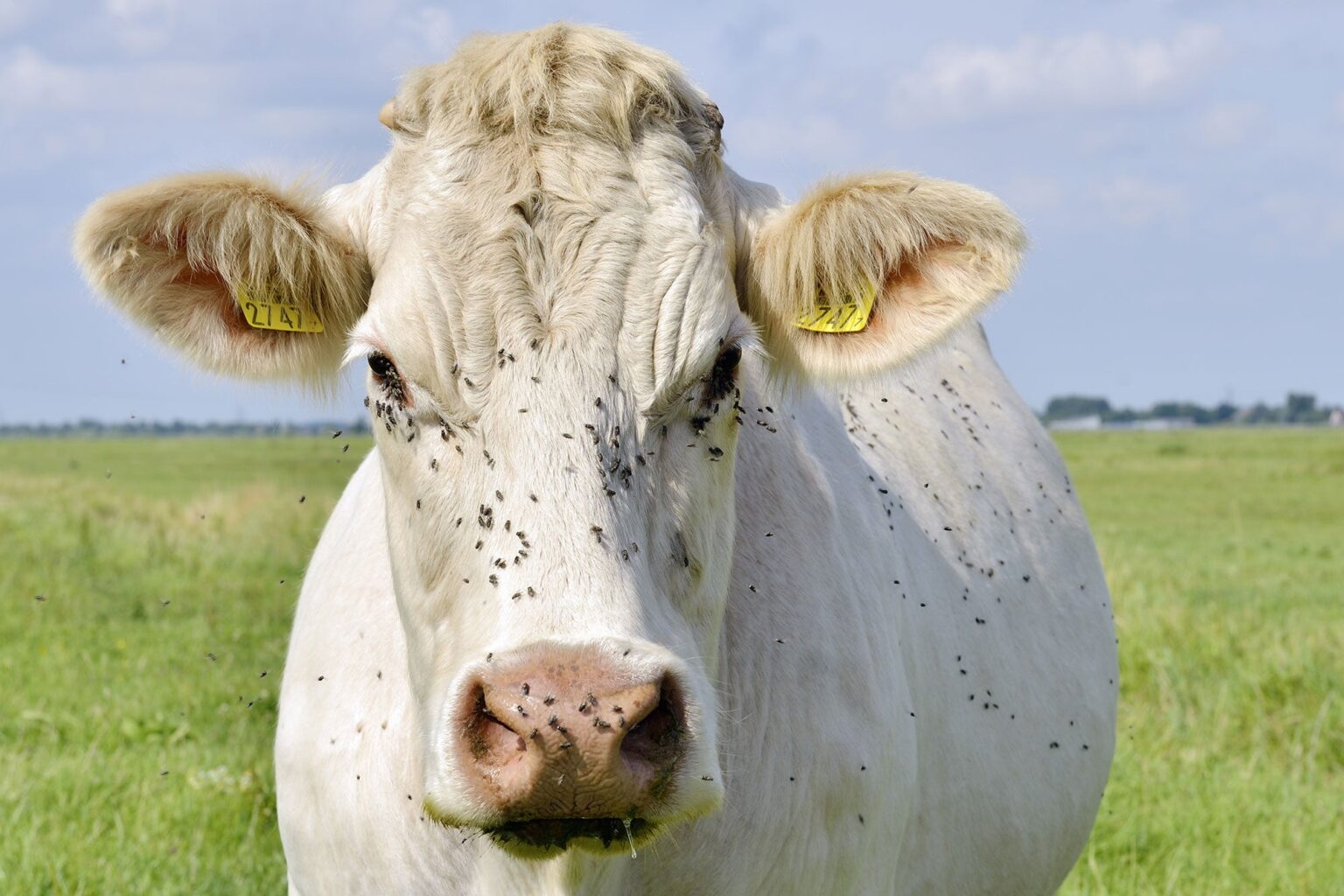DAILY Bites
-
Mexico confirmed a new case of New World screwworm in Nuevo Leon, its closest detection yet to the U.S. border, prompting emergency controls and a continued U.S. suspension on cattle, bison, and horse imports.
-
U.S. officials accuse Mexico of failing to curb cattle movements and maintain fly traps, while Mexico’s agriculture agency defends its practices as being coordinated with U.S. counterparts.
-
The outbreak has surged past 5,500 cases, worsened by illegal cattle smuggling and mounting trade restrictions, while U.S. agencies and research partners expand sterile insect programs and new diagnostic efforts to contain the threat.
DAILY Discussion
Mexico activated emergency controls Monday after detecting a new case of New World screwworm in cattle in the northern border state of Nuevo Leon, the closest case to the U.S. border since the outbreak began last year. The infected animal was discovered in Sabinas Hidalgo, Nuevo Leon, after being transported from Veracruz. U.S. Agriculture Secretary Brooke Rollins confirmed that imports of Mexican cattle, bison, and horses will remain suspended.
Secretary Rollins stressed the severity of the threat, saying, “We have given Mexico every opportunity and every resource necessary to counter NWS. Nevertheless, American ranchers should know that we will not rely on Mexico to defend our industry, our food supply or our way of life.”
The U.S. Department of Agriculture has deployed 9,000 sticky traps and is preparing to release sterile screwworm flies as a biological countermeasure. Rollins added that the department would “pursue all options” in response to the case in Nuevo Leon.
Reuters reported that the outbreak has reached over 5,500 cases, with 777 of them considered “active.” The news agency also revealed that cattle smuggling is contributing to the crisis: “as many as 800,000 illegal cattle [are] being brought into Mexico each year from Guatemala, Honduras, Nicaragua and perhaps other countries.” The report alleged that these animals enter “with falsified papers and bogus ear tags,” potentially accelerating the spread of the pest.

Mexico’s meat industry is pushing back against new government rules requiring ivermectin treatment before livestock movement. The Mexican meat chamber AMEG warned that restrictions “threaten the viability of a sector that generated $192 billion in 2024.” AMEG insisted that the “only proven method to eradicate the screwworm… was the release of sterile flies.”
The same article cited Rollins blaming the recent Nuevo Leon case on “Mexico’s failure to curb cattle movements and tend to fly traps that monitor the wild population.”
Mexico has already reported more than 500 active cases in cattle across its southern states, the AP reports. The import ban, still in place since July, could cause Mexico’s ranching federation to lose “up to $400 million” if it continues through the year.
Meanwhile, Senasica, Mexico’s agriculture agency has defended its practices, saying its trap system “is checked every three or four days, a frequency that was jointly determined with U.S. counterparts.”
At the same time, the U.S. has already invested more than $270 million to scale up sterile fly production in Panama, according to The New York Times, and is reopening production facilities in southern Mexico and Texas.
Nuclear Newswire reported that the Department of Energy’s National Nuclear Security Administration has entered the fight against screwworm through its Office of Radiological Security. The ORS partnered with Texas A&M University’s National Center for Electron Beam Research to advance the Sterile Insect Technique using electron beam sterilization instead of radioactive cobalt.
ORS director Kristin Hirsch said, “Our mission-driven partnership with Texas A&M is essential to advancing American innovation in eBeam applications and enhancing our national security.” NCEBR director Suresh Pillai added, “This collaboration with NNSA enables Texas A&M AgriLife to contribute innovative agriculture research that is essential to our nation’s food security.”
The eBeam process could generate over 100 million sterile flies in 24 hours — “a game-changer in NWS response,” according to ORS. Agriculture Secretary Rollins has already announced a new fly dispersal facility in Texas as part of USDA’s five-pronged eradication plan.
The University of Arizona News also reported that the Arizona Veterinary Diagnostic Laboratory has been named one of three U.S. sites to help the USDA screen for screwworm. The lab, part of the College of Veterinary Medicine and the National Animal Health Laboratory Network, will process captured flies to confirm whether they are Cochliomyia hominivorax.
Lab director Dr. Yan Zhang explained, “In addition to providing high-quality diagnostic services, our lab conducts surveillance of important animal diseases that can cause significant damage to the economy. We also investigate zoonotic pathogens and diseases… that, if not treated, can cause significant economic loss due to disease, and even death.”
Molecular diagnostic scientist Patrick Maes described the identification process: “When we receive a fly, we’ll look for very specific morphological features like stripes on the back or specific colorations … At that point, if we think the fly is suspect, it is forwarded on for confirmation.”
Assistant director Dr. Emily Janovyak added that private veterinarians can also submit samples for testing. “If cattle are getting eaten up, it is worth the time and money to investigate for this pest. You will save your friends, your neighbors, your colleagues, your livestock and even possibly your own physical body from being infected by these flies.”


